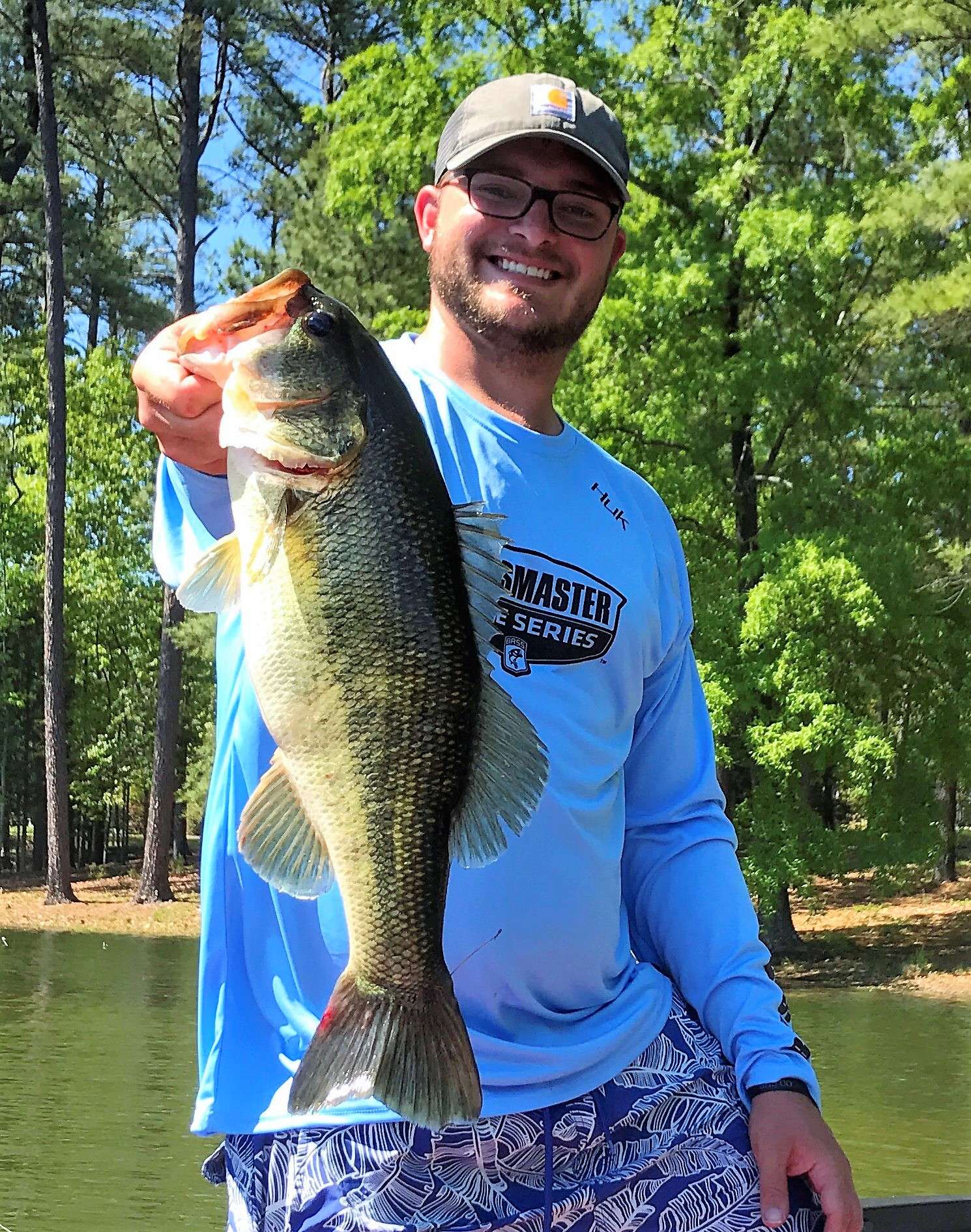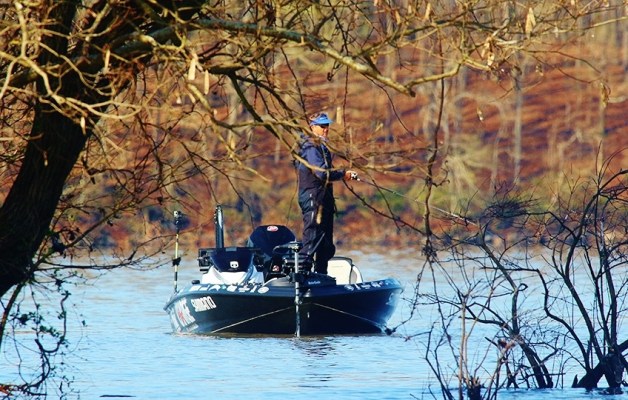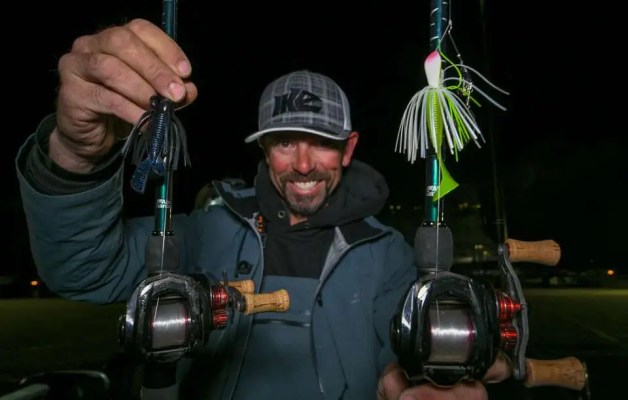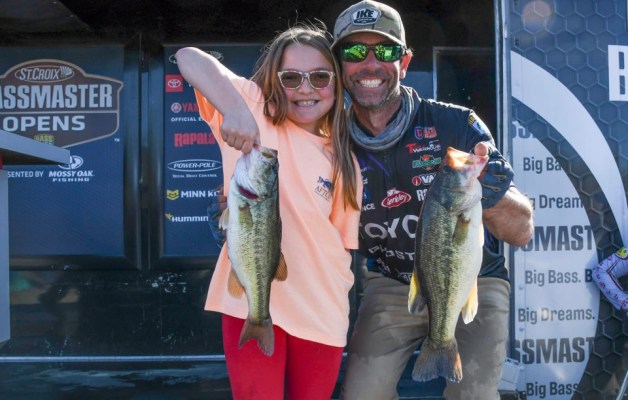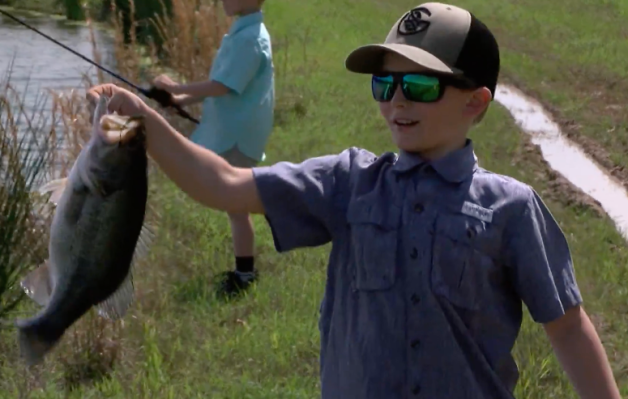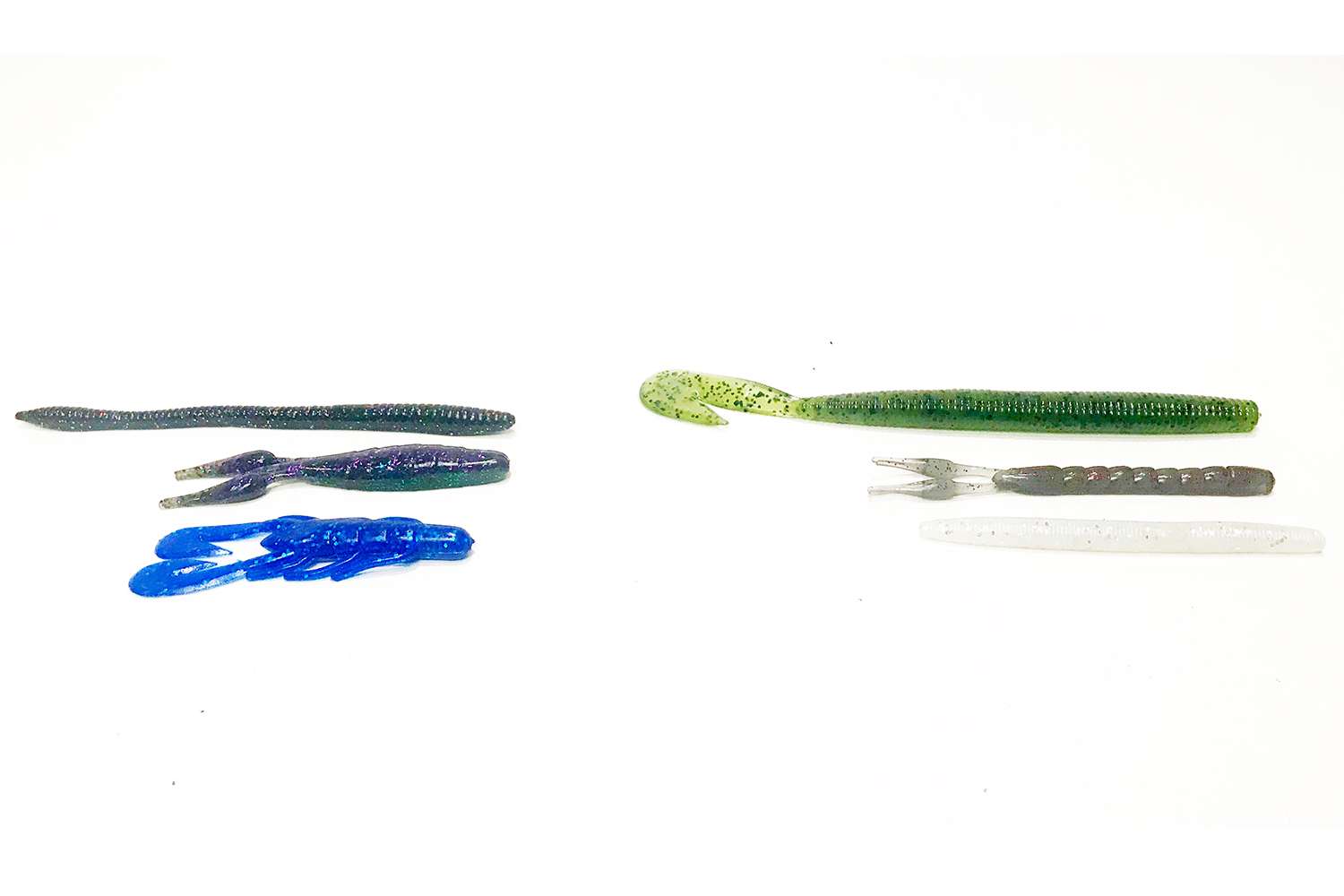
Figuring out which soft plastic is best for the conditions you are faced with could be the most complex component of the Texas rig. The plentiful options of colors, sizes and types can be overwhelming, however there are a few ways to keep your selection simple and effective.
Understanding water clarity
Before diving into color selection, understanding of the water clarity you are fishing is key.
One way to meter water clarity is to rig a white colored — fluke or swimbait style — soft plastic on a weighted head, drop the plastic in the water, and stop the bait when it can no longer be seen, then measure the amount of line submerged in the water. Though there are different judgments, I tend to rely on the following depths of visibility to categorize water clarity:
|
Depth (Ft.) |
Water clarity classification |
|
0-2 |
Muddy water |
|
2-4 |
Stained water |
|
4-6 |
Murky water |
|
6+ |
Clear water |
Now that you have a sense of water clarity, let’s look at how that information can be applied to color selection.
Colors galore
The infinite colors available in bass fishing all serve a purpose … catching fish and the consumer. Does this dismiss the fact that you have success in your favorite pond with a black, blue, purple, orange and red flake worm? No, that’s confidence. But narrowing your focus to two main color groups — natural and dark colors — for all water clarities will increase your chances of getting bit on different bodies of water, without buying a rainbow of soft plastics.
Natural colors
When fishing clear water, natural and translucent colored soft plastics will excel.
What classifies as a natural color? This color group compiles of shades that replicate or blend in with the fishery’s probable forage or foliage. Natural colors include, but are not limited to, variations of translucent-browns, whites, greys, green pumpkins and watermelon dyed soft plastics. Of the natural colors, the green pumpkin family is looked to as the most flexible and can be effective in most water clarities. Always remember to match the hatch when using natural colors, paying close attention to the color of the bait the fish are eating.
Dark colors
When fishing murky, muddy or stained water, dark-tinted soft plastics do the trick. Some popular variations include: junebug, black and black and blue. The opaqueness of darker colored soft plastics allows the bass to better see the lure in low-visibility situations. As green pumpkin proves versatile in the natural color collection, black can be a good dark color in all water clarities.
There are countless colors to choose from, but understanding the two basic color families and their correlation to water clarity will maximize the amount of bites you get when fishing a Texas rig.
Part 1 | Part 2 | Part 3 | Part 4 | Part 6
Editor’s Note: Are you new to bass fishing? Explore our Bass Fishing for Beginners page to find dozens of tips for new bass anglers.

